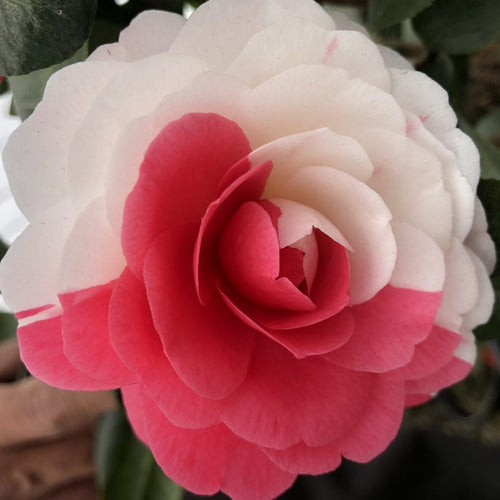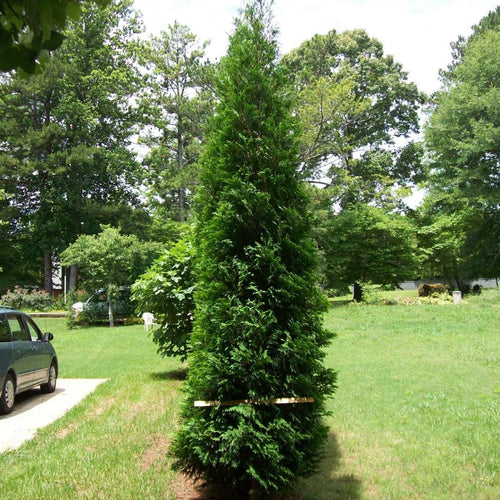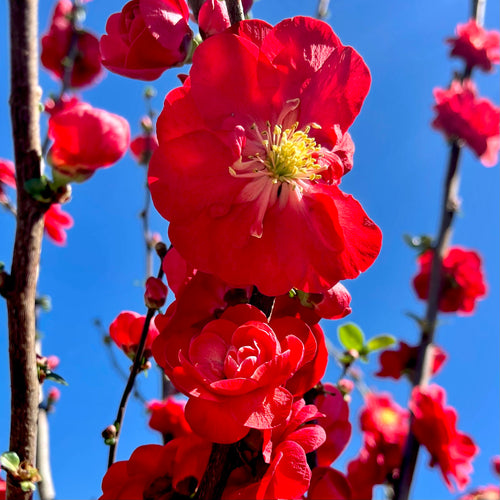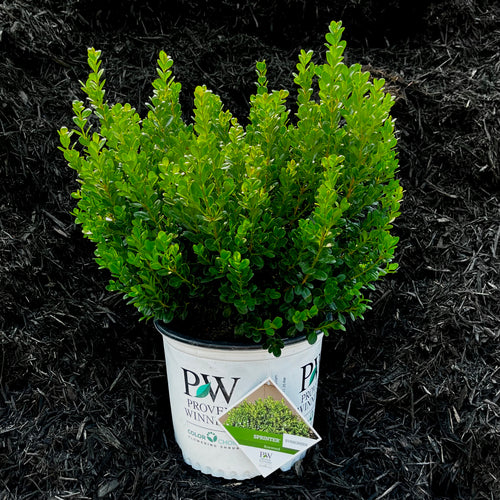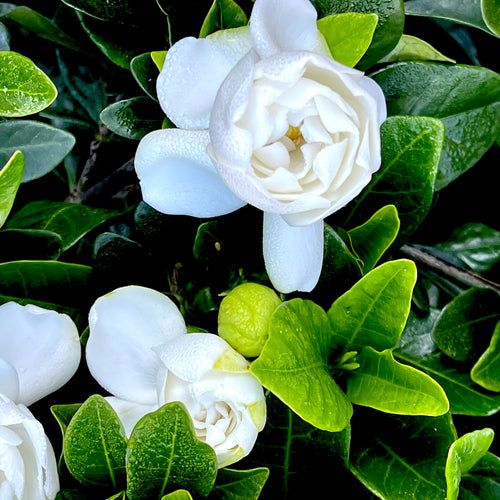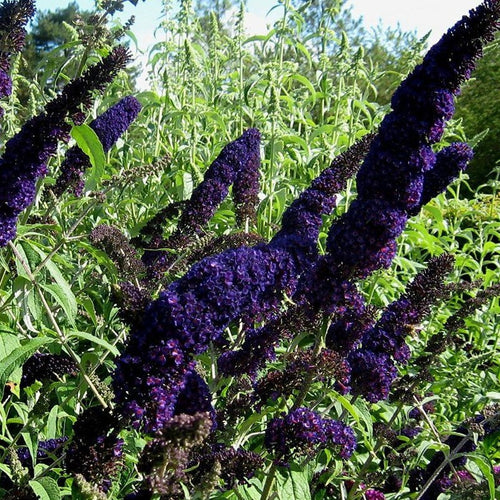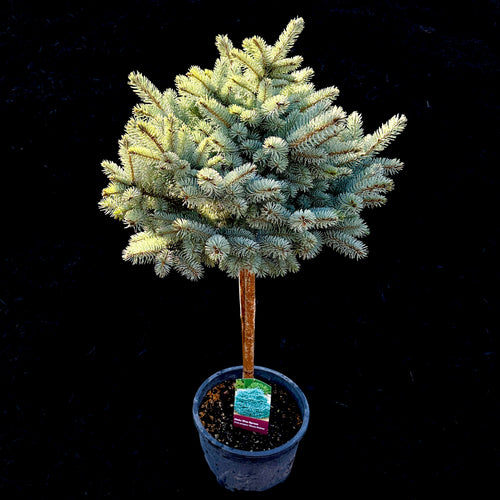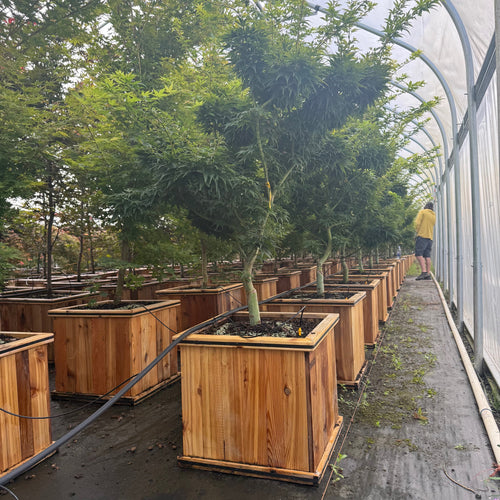Last Chance to Plant the Kaleidoscope Bicolor Butterfly Bush This Season!
- Published: Jul 15, 2024
- Written by liliwang
- Topics: Kaleidoscope Bicolor Butterfly Bush

Don't miss your final opportunity to add the stunning Kaleidoscope Bicolor Butterfly Bush to your garden this season! Known for its vibrant, bicolored blooms and butterfly-attracting fragrance, this bush is a must-have for any garden enthusiast.
🌸 About the Kaleidoscope Bicolor Butterfly Bush
Scientific Name: Buddleja davidii 'Kaleidoscope'
The Kaleidoscope Bicolor Butterfly Bush is celebrated for its unique, multicolored flowers that transition from pink to yellow. This dynamic display makes it a standout feature in any garden, and its sweet fragrance attracts butterflies and other pollinators, enhancing the biodiversity of your garden.
🌸 Key Features
Bloom Color: Bicolored flowers transitioning from pink to yellow
Bloom Time: Summer to early fall
Height: 4-6 feet
Spread: 4-5 feet
Fragrance: Sweet, attracts butterflies and pollinators
Growth Rate: Fast-growing
🌸 Planting and Care Tips
Location: Choose a sunny spot with well-drained soil. The Kaleidoscope Butterfly Bush thrives in full sun, needing at least 6 hours of direct sunlight daily.
Spacing: Space plants about 4-6 feet apart to allow for mature growth and air circulation.
Watering: Water regularly, especially during the first growing season to establish a deep, extensive root system. Once established, the bush is drought-tolerant.
Fertilizing: Feed with a balanced fertilizer in early spring to support blooming. Avoid over-fertilizing, as it can lead to excessive foliage at the expense of flowers.
Pruning: Prune back to the ground in late winter or early spring before new growth begins. This encourages vigorous growth and abundant flowering.
Pest Control: Generally pest-resistant, but keep an eye out for spider mites and aphids. Use appropriate insecticides if necessary.
Cold Protection: In colder climates, apply a thick layer of mulch around the base of the plant to protect roots from freezing temperatures.













